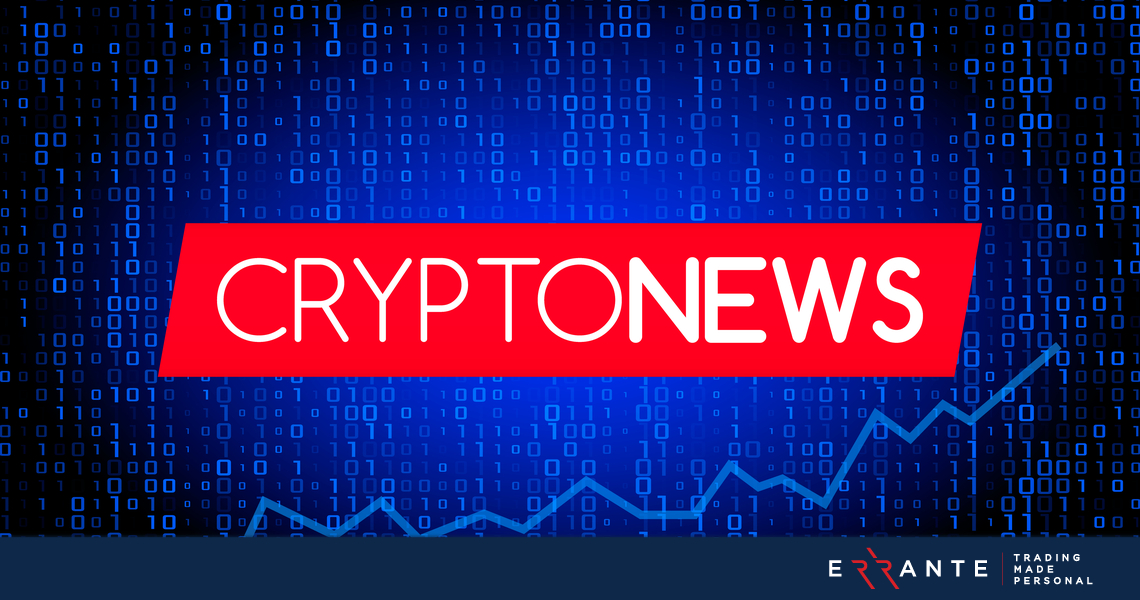copyright News and Market Analysis: Stay Ahead with the current Insights
copyright News and Market Analysis: Stay Ahead with the current Insights
Blog Article
Exploring the Effect of Regulatory Changes and Technical Innovations on Today's Digital Currencies Headings
The intersection of regulatory adjustments and technological advancements is fundamentally modifying the landscape of digital money, motivating a re-evaluation of their duty in the worldwide economy. Regulatory bodies, such as the SEC and CFTC, are actively influencing exactly how electronic assets are classified, while brand-new technologies are improving transaction performances and security measures.
Current Regulatory Landscape
In the wake of quick advancements in electronic money, the existing regulatory landscape is evolving to deal with the complexities and difficulties presented by these advancements. Governments and regulatory bodies globally are facing just how to properly manage this expanding market, which frequently goes beyond national borders.
Key regulative strategies consist of the establishment of structures that define digital currencies, guaranteeing consumer protection and avoiding illegal tasks such as money laundering and scams. In the USA, companies like the Securities and Exchange Payment (SEC) and the Commodity Futures Trading Commission (CFTC) are actively taking part in conversations to clarify the classification of various digital possessions and their regulatory implications.
Likewise, the European Union is advancing its Markets in copyright-Assets (MiCA) regulation, which intends to produce a natural regulatory atmosphere across participant states. Countries like China have selected stricter steps, including outright bans on specific copyright tasks.
As this governing landscape proceeds to establish, it will be critical for stakeholders, including companies and consumers, to remain enlightened and adapt to the transforming environment to minimize threats while profiting from chances within the digital money sphere.
Key Technological Innovations
Countless technological developments are reshaping the landscape of digital money, dramatically improving their capability and protection. Among the most pivotal developments is the growth of blockchain technology, which gives a decentralized journal that ensures transparency and immutability of deals. copyright news. This technology not just minimizes the threat of fraud but likewise enables real-time purchase confirmation, cultivating individual trust fund
Furthermore, the appearance of smart agreements has actually changed how contracts are executed within electronic money ecosystems. These self-executing agreements help with automatic transactions, eliminating intermediaries and decreasing prices linked with standard contract enforcement. Furthermore, innovations in cryptographic methods enhance the safety and security of electronic pocketbooks, protecting individuals' properties from potential cyber hazards.
Another significant innovation is the assimilation of synthetic intelligence in transaction tracking and scams detection, allowing systems to identify questionable tasks promptly. In addition, the intro of Layer 2 scaling services, such as the Lightning Network, addresses scalability concerns, allowing for faster and cheaper deals on networks like Bitcoin.

Effect On Market Characteristics
Technical developments in electronic money have not only improved capability and security but have also dramatically modified market characteristics. The introduction of blockchain innovation has enhanced openness and lowered purchase prices, bring about higher effectiveness in trading and financial investment. This has motivated a more varied range of participants, from retail financiers to institutional players, to engage with digital currencies, thus enhancing market liquidity.
Additionally, the emergence of decentralized financing (DeFi) platforms has actually interfered with conventional financial systems, offering individuals with alternate methods for lending, borrowing, and trading. This change has actually promoted a competitive environment where traditional banks are compelled to introduce or take the chance of obsolescence (copyright news). With the increase of stablecoins, which provide cost security amidst volatility, traders can currently carry out deals with reduced threat, further influencing market behavior
In addition, the assimilation of fabricated knowledge and artificial intelligence in trading techniques allows for a lot more innovative useful link market analysis and anticipating modeling. Therefore, financiers are better furnished to react to market changes, developing a much more dynamic trading environment. Jointly, these technologies are reshaping the landscape of electronic money, leading to an extra interconnected, competitive, and reliable market.

International Viewpoints on Guideline
Regulative strategies to electronic currencies differ substantially across the globe, frequently reflecting varying financial priorities, social perspectives toward advancement, and degrees of technical fostering. In the United States, governing bodies such as the SEC and CFTC grapple with defining the legal condition of cryptocurrencies, concentrating on financier security and market stability. The European Union is progressing comprehensive regulative structures like the Markets in copyright-Assets (MiCA) proposal, intending to create a unified approach that fosters advancement while making certain customer safety.
In comparison, countries like China have actually taken on an outright ban on cryptocurrencies, prioritizing monetary control and economic security over technology. Alternatively, nations such as El Salvador have actually welcomed Bitcoin as legal tender, showcasing a vibrant dedication to economic incorporation and financial innovation.
Developing nations usually find themselves navigating a complex landscape, stabilizing the demand for guideline with the prospective benefits of electronic currencies in driving financial development. Overall, the international regulative environment stays fragmented, read the article with recurring dialogues and adjustments as governments look for to strike an equilibrium between fostering innovation and mitigating risks connected with digital money. This vibrant landscape emphasizes the demand for recurring international collaboration and dialogue amongst regulators.
Future Fads in Digital Currencies
As regulatory frameworks develop, the landscape of electronic currencies is poised for significant improvement. Emerging patterns show a convergence of governing quality and technical advancement, which will certainly shape the future of digital currencies. Central Financial Institution Digital Currencies (CBDCs) are expected to obtain grip as governments explore their possible to improve financial plan effectiveness and economic addition.
Simultaneously, decentralized money (DeFi) systems are expected to challenge traditional you could try these out banking systems, using cutting-edge monetary services that operate without middlemans. This shift can cause a re-evaluation of existing regulations to fit the one-of-a-kind characteristics of DeFi while ensuring consumer protection and systemic security.
Furthermore, the integration of synthetic knowledge and artificial intelligence in copyright trading and danger assessment will redefine financial investment techniques and market dynamics. As electronic currencies become significantly conventional, problems such as cybersecurity threats and regulative conformity will require robust options.
Lastly, public understanding and fostering will play an important role in figuring out the trajectory of digital currencies. Raised recognition and education pertaining to the advantages and dangers connected with electronic currencies will certainly drive approval, eventually influencing the governing landscape and market developments in the years to find.
Conclusion

Report this page